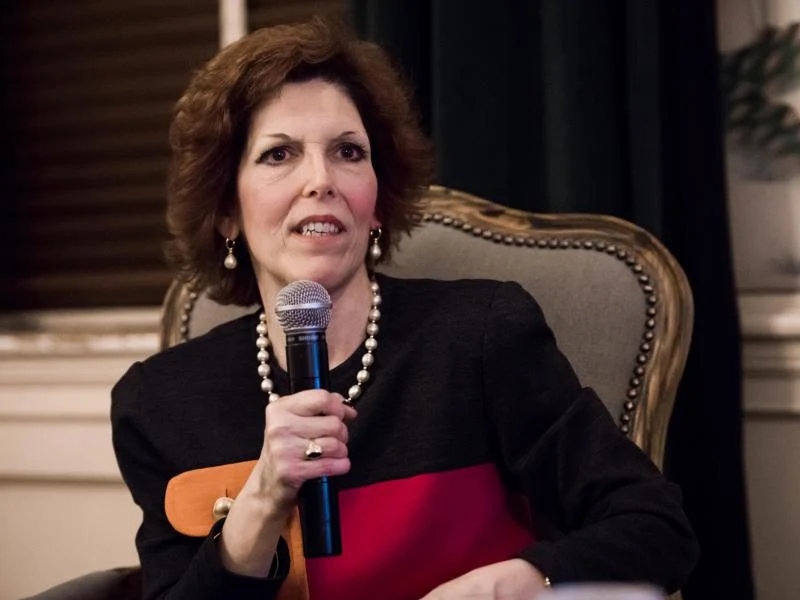Another trend that has been observed by many outlets is the rising cost of goods that has made consumers to open wider pockets at the tills. This form of economic situation is responsible for what is referred to in the market as price jacking Price Hikes and Boycotts. In many cases, when providers increase prices, often due to external factors, some customers choose not to continue their patronage. Paying specific attention to the nature of price increases and boycott activities, this article considers the rationales for these actions, the efficacy of these activities, and the implications of boycotts.
Understanding Price Hikes and Boycotts
A raise in prices is a phenomenon that is opposite to a decrease in prices since it involves a rise in the cost of products and services. They can occur for a variety of reasons, including:They can occur for a variety of reasons, including:
- Supply chain disruptions: Flu such as swine flu, bird flu, or even war can disrupt supply chains, leading to stock shortages or increased costs for goods.
- Increased demand: Situations, where demand exceeds supply may trigger organizations to increase prices in order to offset the difference.
- Changes in government regulations: New regulations impact the cost of production, and this may lead to increased prices.
New regulation increases operating costs within the firm and these show up in the price level.
As for the clients, this factor constitutes a significant problem, as prices higher than expected may annoy people. While this can significantly help a business’ revenue, many customers are already living paycheck to paycheck, and price increases may cause them to decrease the financial expenditure that they spend on necessities or opt to eliminate any luxury spending on their part.
The Price Hikes and Boycotts
Price Hikes and Boycotts arex one of the passive protest strategies by consumers whereby they stop patronizing certain organization or industry’s products.
- Price hikes: In some cases, buyers may choose to boycott companies they believe are artificially inflating prices in an attempt to force them out of business, in order to negotiate lower prices.
- Poor quality products: Sometimes, consumers might opt to boycott a company in their bids to make it understand that they do not want any back their inferior products.
Price Hikes and Boycotts are beneficial to consumers as the consumers can use it as a weapon against the business. In this way, they can put a lot of pressure on a company trying to make them change their ill practices, while themselves remaining undamaged, as the companies have to rely on the specialised services provided by the auditors. One of the specific aspects of consumer boycotts in the social media age is that the latter provides an efficient means for organizing boycotts due to the opportunities it gives consumers for exercising their voice and rallying like-minded buyers.
How Effective Are Boycotts?
The viability of a blacklist relies upon a few factors:The adequacy of a blacklist relies upon a few elements:
- The size and organization of the boycott: A blacklist, if well-planned and supported by significant efforts, has higher chances of success compared to one that is poorly planned or small-scale.
- The public’s perception of the issue: Lack of public support is evident with boycotts when they lack public backing.
- The company’s financial strength: Financially stable companies are better able to handle boycotts than smaller firms due to their larger financial reserves.
Potential Consequences of Boycotts
Similar to any act, boycotts elicit positive as well negative impacts.
Positive consequences:
- Can force companies to change their practices: A successful boycott could force the company to reduce prices or offer better quality products as well as cease certain operations.
- Raise awareness of important issues: Attention can be drawn to social or environmental problems when these issues are ignored by the government or avoided.
Negative consequences:
- Can harm workers: While boycotts can result in financial pressures on firms and industries, they can also cause job losses if the boycotts aim small businesses.
- May not be effective in all cases: To reiterate back what has been said before, boycotts are not always effective in their intended goal.
Steps to Consider Before Joining a Boycott
Prior to joining a blacklist, it’s essential to consider the following:Before joining a blacklist, taking into account the following is significant:
- Do your research: In what follows, framing the explanations behind the blacklist as well as the organization’s way to deal with the situation is significant.
- Consider the alternatives: Is there any contest inside the organization that might be offering same or comparative items and administrations?
- Think about the impact: How will the boycott likely affect the company and its workers?
FAQs: Price Hikes and Boycotts
What are some signs that a price hike might be unfair?
- The cost increment is altogether higher than the expansion in the organization’s feedback costs.
- The organization is detailing record benefits while raising costs.
- There could be no different organizations raising costs on comparable items or administrations.
How can I find out if there is a boycott against a company I use?
- You can look for news stories or virtual entertainment posts about blacklists.
- You can check the site of a purchaser backing bunch.
- You can ask the organization straightforwardly.
What are some alternative ways to express my dissatisfaction with a price hike?
- You can contact the organization straightforwardly and let them in on your interests.
- You can change to a contender’s item or administration.
- You can compose a negative survey on the web.
What if I can’t find a good alternative to a product or service that has raised its prices?
- You can attempt to scale back your utilization of that item or administration.
- You can check whether there are any coupons or limits accessible.
- You can hold back to check whether the cost descends from here on out.
How can I make sure my boycott is effective?
- Spread the news to your loved ones.
- Urge others to join the blacklist via web-based entertainment.
- Contact the media to bring issues to light of the blacklist.
Conclusion
Value climbs and blacklists are a mind boggling issue with no simple responses. It is more reasonable than not for purchasers to be baffled by rising costs, yet blacklists should be employed intelligently and only after careful consideration. By understanding the inspirations driving value climbs and blacklists, buyers can arrive at informed conclusions about how to answer these monetary real factors.




